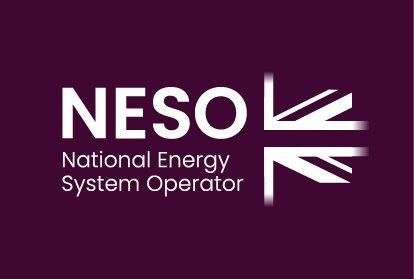The battery energy storage trial will initially be conducted at 4 separate WPD depots. In order to test different configurations and better understand the benefits of this project, the locations have been selected with consideration of size, network complexity and occupancy. Also to minimise the risk, it would be ideal to run the project in our own depots. This project will provide improvements in cost efficiency, customer service, reliability, and the environment and will deliver more options for customer connections, derive and design new technical policies and render grid services. Deployed systems will be used to optimise the energy demand of buildings, provide demand–response to the TSO, and to firm up intermittent generation particularly at sites with intermittent generation.
The three work packages for the delivery of this project are:
1. Review of technologies & contracting time (6 months)
This involves a comprehensive understanding of different technologies and ease of application. Through the tender process, as part of this work package, a number of developers will be asked to provide information on their equipment capability including their benefits and limitations, the installation, operational and repair procedures and their capital and operational costs.
2. Detailed design of trial and experiments (12 months)
In this work package, four sites for the possible installation of a trial in WPD’s network will be selected. Detailed design and modelling will be undertaken to justify the selection of each site, explain the installation procedures and requirements. The trial will conduct various tests, measurements and configurations. The results from the trial will be examined in greater detail with a view to understanding the benefits of installing storage facilities in and around I & C premises.
3. Learning overview and recommendations (6 months)
The final work package will provide an overview of the learning that was captured in the previous two stages of the study. The trial will conclude with a suite of recommendations on the operation, safety, and maintenance of storage devices and response to faults. The final outcome of this project will form the basis for new technical policies, customer propositions and connection agreements.
4. Contingency (6 months)
Some additional time in case there is a requirement to include some more field trials and demonstrations or the project fails to deliver on time.
Benefits
- Technology of Energy Storage Systems (ESS) - A comprehensive review of technology is presented;
- Relationship with Supplier - A case study of how the technology can bring benefits to WPD’s networks is demonstrated and a relationship with suppliers has been established;
- Recruitment - Recruiting the right supplier/partner through tender;
- Network - Identify trial areas/sites and Customers - WPD depots engaged for trial;
- Market - Agree a new set of conditions that allow and incentivise DNOs to operate storage;
- Demonstration - Demonstrate enhanced value to the DNO and the customers from deployment of I&C Storage - such as network investment deferral, constraint alleviation and energy savings;
- Knowledge - Document and share all key learning that is achieved in order that results should be replicable across all UK DNOs;
- Operational - Train new or existing staff to manage the I&C Storage requirements;
- Systems - Identify, develop and demonstrate new policies, processes and systems that are required in order for WPD to operate I&C Storage (monitor, control, meter and settle), development of business processes (polices, standard techniques etc.);
- Commercial - Connection Agreements agreed.




